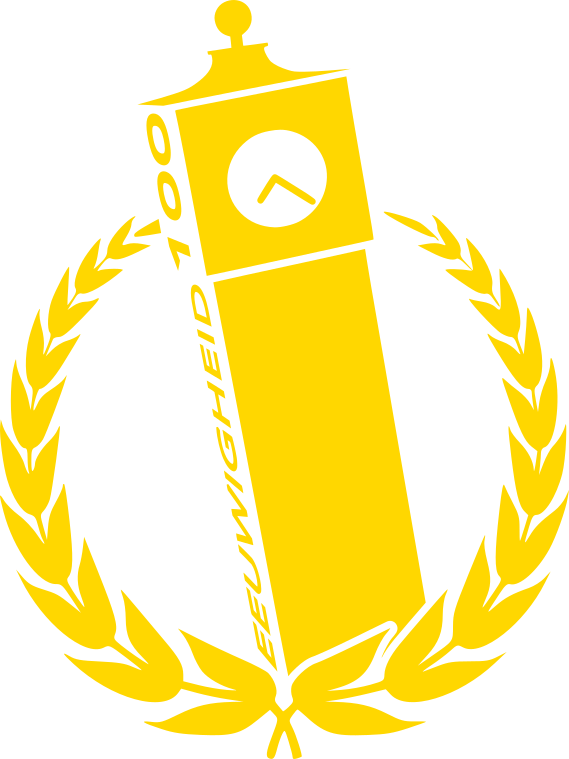The Leyden jar is the first type of capacitor. It was invented in Leiden in 1746 by Pieter van Musschenbroeck. One year earlier, a similar method for storing electrical charge was invented by the German Ewald Georg van Kleist, but because Van Musschenbroeck published about his discovery, the discovery was also known internationally as the ‘Leyden jar’.
The Leyden jar consists of a wide glass jar that is covered in tin foil on the outside. The bottle is filled with (conductive) water. The glass of the bottle insulates and acts as a dielectric medium.
On the top of the bottle is a spherical electrode which is in contact with the water in the bottle. Charge can be removed or added via the sphere. A Leyden jar can be charged with an electrostatic machine such as a Van de Graaff generator. Spectacular (and dangerous) experiments can be conducted using the charge stored in a Leyden jar. The British physicist William Watson improved the design of the Leyden jar by covering both the inside and the outside in metal foil. A number of parallel connected Leyden jars are known as a ‘battery’. A battery such as this has a bigger capacity and can therefore contain more charge. These batteries were used for fun in public experiments, in which the audience were given a shock when they came into contact with the battery.
177 years later, on 25 April 1923, Paul Ehrenfest and a group of entrepreneurial students founded a society for the physics and mathematics students in Leiden: The 'Leidsche Flesch' (Leyden Jar), an institution that would provide a place for science students to meet together to discuss matters and education and to expand their knowledge in lectures.
